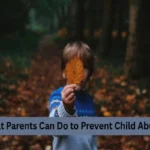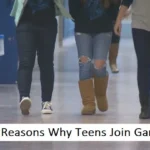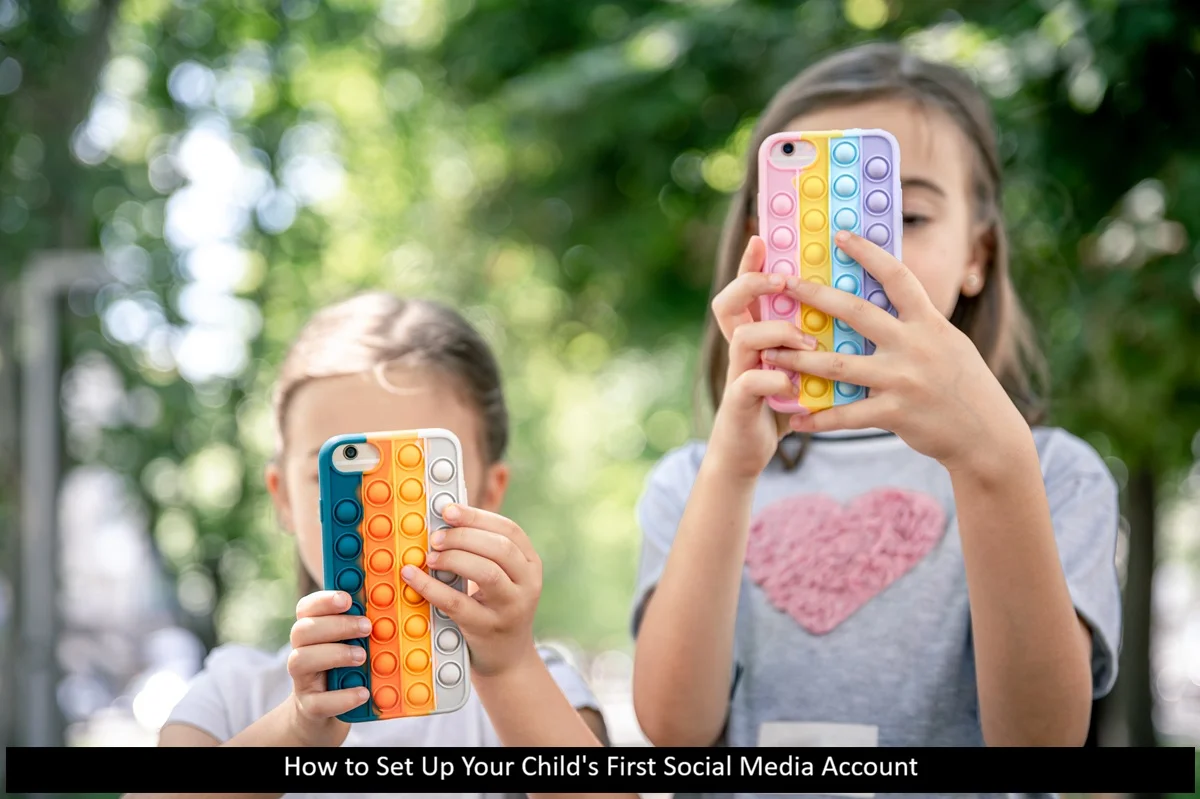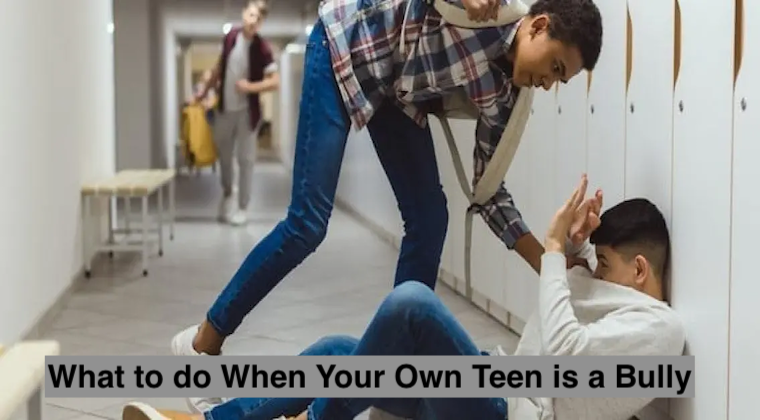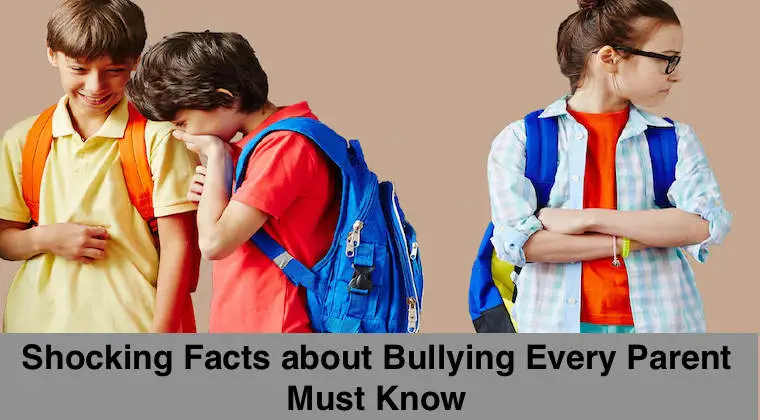Teen gang involvement is a serious issue that affects families, schools, and entire communities. Many young people do not join gangs because they are “bad.” They join because they are trying to survive, feel safe, belong, or be respected. Understanding the reasons behind this behavior is the first step in helping them choose a different path.
1. The Need for Protection and Safety
Some teens grow up in areas where violence, bullying, or threats are part of daily life. In such environments, joining a gang may feel like the safest option.
Why this happens:
- They feel alone or unprotected.
- They believe the gang will defend them.
- They see older teens gaining safety through group power.
Example:
A teenager who is constantly threatened by neighborhood groups may feel that joining a gang is the only way to avoid being attacked.
What Parents and Trusted Adults Can Do:
- Create safe spaces to talk about fear.
- Encourage involvement in supervised sports or community groups.
- Work with schools or local youth centers to build protection networks.
2. The Desire to Belong and Be Accepted
During adolescence, the need to feel understood and valued is very strong. Gangs sometimes offer emotional acceptance that a teen may not receive at home or school.
Why this happens:
- Lack of close friendships.
- Feeling invisible or ignored.
- Wanting to be part of “something bigger.”
Example:
A teen who feels left out at school may join a gang because it promises friendship, identity, and “family,” even if it is harmful.
What Parents Can Do:
- Show consistent emotional support.
- Listen without judging or reacting aggressively.
- Help teens join positive social groups (sports, mentorship programs, art clubs).
3. Financial Pressure and the Appeal of Fast Money
Some gangs offer money through illegal activities. Teens who face poverty or financial stress may see this as a way to support themselves or their families.
Why this happens:
- Limited job opportunities.
- Pressure to “help at home.”
- Desire for clothes, phones, or lifestyle they cannot afford.
Example:
A teen might start doing small errands for a gang because it provides money faster than any legal job available.
What Parents Can Do:
- Teach financial skills early (saving, small allowances, responsibility).
- Encourage small part-time work or entrepreneurship.
- Seek community financial support programs where available.
Also Read: Juvenile Delinquency: Causes, Consequences, and Solutions
4. Influence from Friends or Family
If peers or relatives are already in gangs, the pressure to join becomes strong.
Why this happens:
- Fear of being rejected by their friend group.
- Family members may normalize gang culture.
- “Everyone around me is doing it.”
What Parents Can Do:
- Know who your teen spends time with.
- Encourage relationships with positive role models.
- Keep communication open and calm, not controlling or aggressive.
5. Searching for Respect, Power, and Confidence
Some teens feel weak, powerless, or ignored in daily life. A gang can give the illusion of strength and control.
Why this happens:
- Low self-esteem.
- Past humiliation or bullying.
- Desire to be feared rather than hurt.
What Parents Can Do:
- Build your teen’s strengths through skills (music, sports, debate, art).
- Celebrate small achievements.
- Teach healthy ways to gain confidence.
How to Recognize Possible Warning Signs
Your teen may be at risk if they:
- Suddenly change friends or social behavior
- Become secretive or defensive
- Wear new colors or symbols frequently
- Lose interest in school or activities
- Seem stressed, anxious, or always “on alert”
No single sign confirms gang involvement, but patterns are important.
Also Read : Why Teens Break the Law: Root Causes of Juvenile Delinquency
Practical Steps for Parents and Guardians
- Speak with your teen calmly and without blame.
- Ask open questions: “How have you been feeling lately?”
- Seek community youth programs or counseling support.
- Stay consistent. Even quiet support matters.
Conclusion
Teens do not join gangs because they want trouble. Most are searching for safety, belonging, respect, or stability. When parents and communities offer understanding, support, and strong guidance, many young people can choose a better direction.
You are not alone, and your teen is not lost. Help is still possible at every stage.
Sources & Further Reading
(You may add these as hyperlinks if you want, but not required)
- American Academy of Child & Adolescent Psychiatry — “Children and Gangs”
- Office of Juvenile Justice & Delinquency Prevention — “Why Do Youth Join Gangs?”
- National Gang Center — Youth Gang Resources
FAQ: Teen Gang Involvement and How Parents Can Help
Many teens join gangs because they seek safety, belonging, or respect—not because they want trouble. In unsafe or violent neighborhoods, joining a gang can feel like the only way to survive or be accepted by peers.
Common causes include the need for protection, lack of family support, peer pressure, poverty, and low self-esteem. Teens may also be influenced by friends or relatives already involved in gangs.
Parents can prevent gang involvement by maintaining open communication, showing emotional support, encouraging positive activities like sports or art, and helping their teen build confidence and social skills.
Possible signs include sudden changes in friends, secretive behavior, new tattoos or symbols, wearing specific colors often, skipping school, or showing unusual stress and defensiveness.
Communities can reduce gang activity by offering youth mentorship, after-school programs, job opportunities, and safe recreational spaces. Collaboration between parents, schools, and local organizations is key to keeping teens on a positive path.

